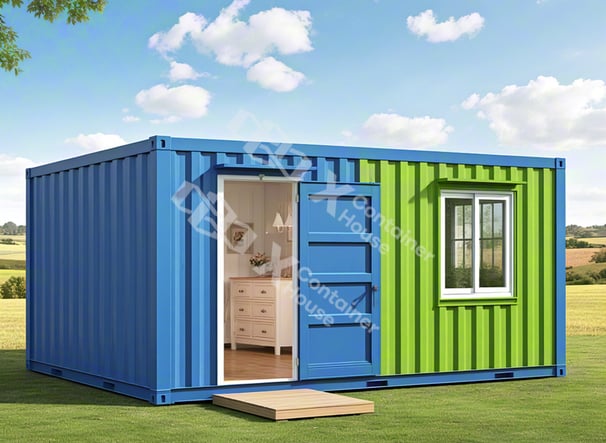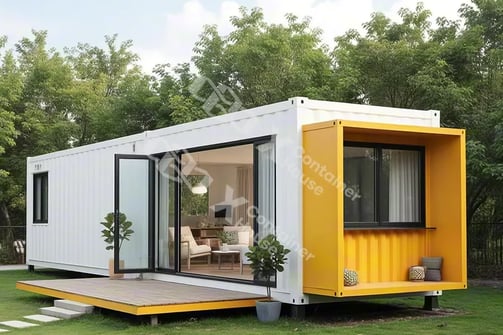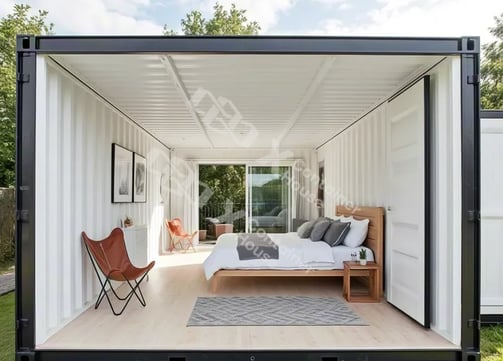What You Need to Know Before Buying a Flat Pack Cabin?
Key tips for buying a flat pack cabin: kit types, site prep, costs, permits & warranties.
CREATIVE CONTAINER HOUSE
4/21/20252 min read


Summary
Purchasing a flat pack cabin—also known as a kit cabin or flat pack Dwelling—lets you enjoy prefab convenience and cost savings compared to traditional builds, but requires careful consideration of kit types, site logistics, material quality, financing, and regulatory requirements to ensure a seamless assembly and long‑term durability.
1. Flat Pack Cabin Types & Customization
Flat pack cabins range from basic shell kits requiring on‑site assembly to fully finished container Home packages with pre‑hung windows, doors, and insulation. Unlike modular homes that arrive as complete modules, flat pack kits ship disassembled components, offering greater transport efficiency and layout flexibility. While many manufacturers offer customizable floor plans and facades, extensive tweaks can trigger additional engineering fees and extend lead times.
2. Site Selection, Delivery & Assembly
Your build site’s accessibility directly affects delivery fees: most providers include free shipping up to 500–750 miles, with surcharges beyond that radius. A level, well‑drained plot close to utility hookups reduces foundation, grading, and trenching costs for your flat pack Dwelling. Confirm adequate road access and crane placement zones—and verify site dimensions with your supplier—to avoid costly onsite adjustments.


3. Material Quality & Build Components
High‑quality kits often use structural insulated panels (SIPs) or light‑gauge steel frames, delivering superior thermal performance and structural integrity. Factory‑controlled production ensures consistent quality, weather‑resistant finishes, and pre‑assembled fixtures, minimizing onsite errors and delays. Look for CE or ASTM certifications to verify compliance with regional safety and building standards.
4. Costs, Financing & Budgeting
Flat pack house prices typically span from around $20,000 for basic shell models to over $150,000 for turnkey, high‑end packages (excluding land and site work). Compared to stick‑built cabins, prefab kits can save 15–20% on construction costs by reducing onsite labor and material waste. Explore financing options—such as construction loans, personal loans, or manufacturer financing plans tailored for prefab and container Home purchases—to spread out expenses without derailing your budget.


5. Permits, Codes & Warranty
Permitting requirements vary: some jurisdictions classify flat pack cabins as manufactured, others as modular homes or ADUs, affecting fees and approval timelines. Confirm inspection and insurance prerequisites early to avoid project delays. Many suppliers offer structural warranties ranging from 1–10 years—carefully review coverage for materials, workmanship, and onsite assembly.
By weighing kit options, site logistics, material quality, cost factors, and local regulations upfront, you’ll choose the ideal flat pack cabin package for your needs and enjoy a smooth assembly process that brings your prefab dream home to life.
About
OUR POLICY
Contact
Tel:+86 536 628 1777
Fax:+86 536 628 1777
E_mail:
info@xcontainerhouse.com
XContainerHouse







© 2025. All rights reserved.
